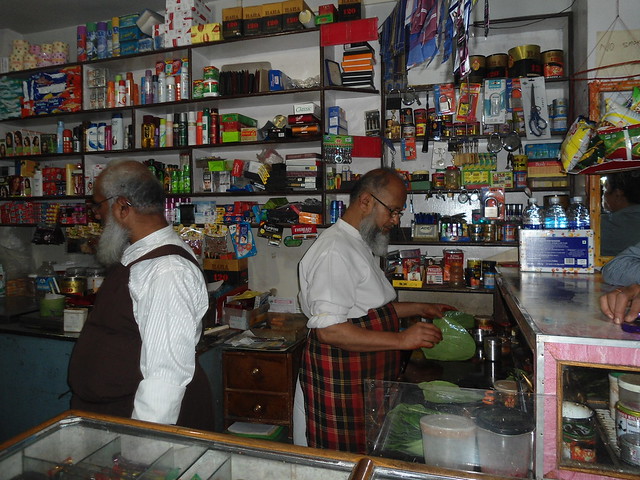The community still far lags behind other communities in the country.
By M Reyaz, TwoCircles.net,
New Delhi: Rate of joblessness shows a downward trend among Muslims, although their per capita spending is still lowest, according to the latest data of the government.
The National Sample Survey Organization (NSSO) has put out a new report on employment trends for religious groups, based on its 2009-10 survey, called Employment and Unemployment Situation among Major Religious Groups in India.

Unemployment in both rural and urban areas is interestngly marginally falling from 2.3% in 2004-05 to 1.9% in 2009-10 among Muslims in villages and from 4.1% to 3.2% in urban centres during the last five-year period. However, most of them are self-employed. In urban India, the proportion of households with major source of earnings as self-employment was also highest for Muslims (46 per cent), followed by Sikhs.
According to this study, among urban males, proportion of workers with level of education secondary and above is lowest among Muslims with only 30 per cent, while it is 58 % for both Christians and Sikhs and 56% for Hindus.
Among urban male with level of education secondary and above, the worker population ratio (WPR) was highest for Hindus (70 per cent), followed by Sikhs (68 per cent). The corresponding WPRs for Christians and Muslims were 67 per cent and 65 per cent, respectively.
For both rural and urban India, average monthly per capita household consumer expenditure (MPCE) was the highest for Sikh households, followed by Christians and Hindus. At the all-India level, the average MPCE of Sikh household was Rs. 1659 while that for Muslim household was Rs. 980.
The average household size, in both rural and urban areas, for Muslims was higher than those of other religious groups, and the average household size was the lowest among Christians. The household size in rural areas was higher than that of urban areas for each of the religious groups.

The proportion of households belonging to the household type rural labour was the highest among Muslims (about 41 per cent). About 43 per cent of Christian households, 38 per cent of Muslim households and 37 per cent of Hindu households cultivated more than or equal to 0.001 hectare of land but less than 1.00 hectare of land. The proportion of households cultivating more than 4.00 hectares of land was the highest for Sikhs (6 per cent), followed by Hindus (3 per cent).
Unemployment was highest amongst the Sikhs living in urban centres. The major source of earnings from regular wage/salaried was the highest for Christians households (43 per cent) in urban areas.
According to this study, the unemployment rate in rural areas is less than that of urban areas.
The survey was spread over 7402 villages and 5252 urban blocks covering 100957 households (59129 in rural areas and 41828 in urban areas) and enumerating 459784 persons (281327 in rural areas and 178457 in urban areas). In this survey information on religion followed by each household was collected as part of the household characteristics. The reported religion of head of the household was considered as the religion of all the household members irrespective of the actual religion followed by individual members.

